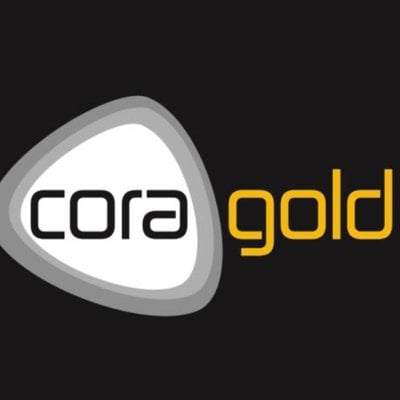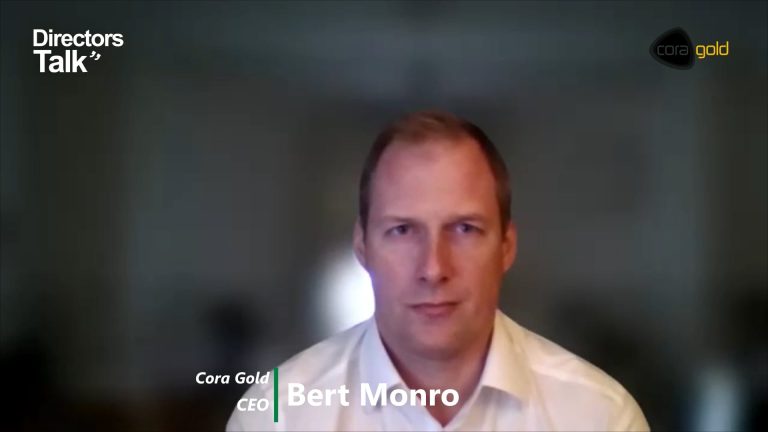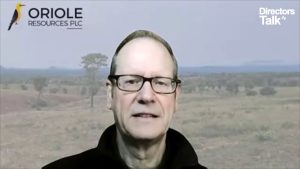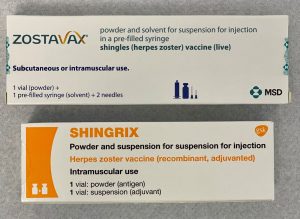The heat of the Sahel sun rarely thins the air at Sanankoro and Kenieba, yet beneath those dusty plains something intriguing is unfolding. Two discreet permits straddling Mali’s southern belt and Senegal’s borderlands are beginning to reveal a dual narrative of scale and flexibility, challenging assumptions about where meaningful ounces might yet lie hidden.
At Sanankoro, Cora Gold has pieced together five contiguous licences across some 342 km² of the Yanfolila belt, an area often overshadowed by larger neighbours yet distinguished by its multi-layered mineralisation. Early studies have already traced oxide gold to depths exceeding 200 metres, while sulphide shoots hint at richer corridors lurking even deeper. An initial definitive feasibility exercise concluded that, at a US$1,750/oz price, the project could deliver an internal rate of return north of 50 per cent, recoup capital in barely over a year and generate more than US$70 million of free cash in its first full year alone. Yet what commands greater notice is the decision to pause and refine: rather than force ahead on those figures, Cora has slated a refreshed study for 2025, suggesting a discipline that values optionality as a shield against shifting costs and metals cycles.
Scaling beyond pit shells, the ground beneath Sanankoro has been reclassified in recent months to boast over one million ounces in combined indicated and inferred resources, reshaping the conversation from modest starter asset to tier-one deposit candidate. With a maiden reserve of just over 422 000 ounces laid in 2022 at a 1.30 g/t cut-off, the broader resource remains a canvas of upside, with around 1.3 million ounces flagged in an independent exploration target. That resource uplift, coupled with a sub-US$1,000/oz all-in sustaining cost projection and a build capex of US$90 million, positions Sanankoro as a rare mid-tier mine in waiting, bridging the gap between early explorer and mid-life producer.
A few hundred kilometres to the west at Kenieba, Cora’s focus shifts to the Madina Foulbé permit in eastern Senegal, part of a prolific regional corridor shared with a who’s-who of legendary finds. Though Kenieba is held under a single licence reduced by 25 per cent on successive renewals, its 260 km² footprint conceals a series of compelling drill results. Recent campaigns identified thick intervals, 47 metres grading 0.63 g/t with a one-metre high-grade spike of 16.4 g/t, and 10 metres at 4.41 g/t—underscoring the potential for broad, low-strip ratios alongside pocketed bonanzas. That duality rewards further step-out drilling; the region’s structural complexity invites a systematic grid approach, and early metallurgy suggests free-milling ores that could translate into straightforward processing.
While bona fide reserves remain pending at Kenieba, the project’s merit lies in optionality: a low-cost exploration play with credible discovery upside, sitting in a jurisdiction accustomed to industrial-scale mining. Crucially, Cora has resisted the temptation to rush Kenieba into a maiden resource without first de-risking metallurgy and infrastructure, a stance that could conserve treasury for high-conviction targets and leave room for joint-venture partners seeking brownfield potential.
Taken together, Sanankoro and Kenieba embody a two-pronged strategy: one asset primed for near-term development refinement and cash-flow generation, the other a pipeline of high-leverage exploration outcomes. This balance reflects an uncommon conservatism in today’s junior space, an insistence on staged de-risking rather than headline grabs. By separating the economics of feasibility from the geometry of discovery, Cora has carved space to navigate gold price fluctuation, forge strategic financing partnerships and optimise each project’s pathway independently.
Investors accustomed to the binary drama of either drill-or-die can find reassurance in this calibrated pacing. Should gold remain supported, Sanankoro’s project book can pivot quickly from study to shovel, unlocking steady ounces at competitive costs. Simultaneously, Kenieba’s emerging zones offer optionality akin to a listed call-option on a major discovery, without the cost or permitting drag that larger conglomerates face. The net effect is a scaled portfolio where capital deployment can follow clarity of outcome: feasibility holds the first mover seat, exploration readiness the growth lever.
In a landscape crowded with single-asset juniors, Cora Gold’s twin-track approach may serve as a template for sustainable growth. Two licences, one disciplined timetable and a clear demarcation between resource development and discovery potential create a narrative that goes beyond newsroom bulletins. For long-term investors, that subtlety can prove more compelling than any percentage in isolation.
Cora Gold Ltd (LON:CORA), together with its subsidiaries, explores for and develops mineral projects in West Africa. The company primarily explores for gold deposits. Its flagship project is the Sanankoro Gold project located in the Yanfolila Gold Belt, Southern Mali.









































